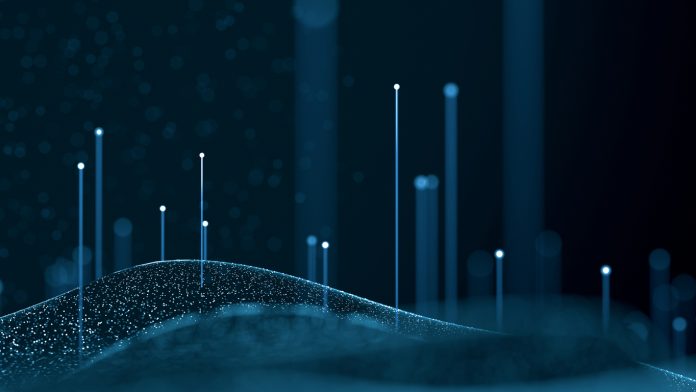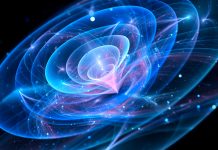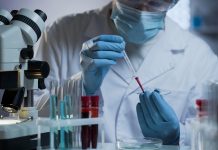Sixty-six research teams, comprising 239 scientists from around the globe, will receive a total of €684 million in Synergy Grants 2025 from the European Research Council (ERC)
Those awarded the Synergy Grants 2025 will support a collaboration aimed at bringing together diverse expertise to tackle some of science’s most pressing topics, including decoding the Universe’s first moments to designing therapies for genetic diseases.
Fixing faulty tools
One team of four scientists (Leoš Valášek and Julius Lukeš from the Czech Academy of Sciences, Olivier Namy from Université Paris-Saclay in France, and Mark Osborn from the University of Minnesota, USA) will focus on a genetic challenge affecting millions worldwide.
Their project, 3Stops2Go, will investigate the disorders caused by premature termination codons (PTCs). The researchers will investigate how tiny single-celled organisms, known as protists, can overcome these genetic errors. Using the findings, they plan to design innovative molecular tools such as specialised tRNAs and read through inducing drugs to restore normal protein synthesis.
If successful, this work could lead to new treatments that correct genetic flaws at their source, offering hope for children and adults affected by rare inherited conditions.
Tracing the first moments of the Universe
Another Synergy Grants 2025, COSMOMAG, brings together four leading astrophysicists (Andrii Neronov, Franco Vazza, Chiara Caprini, and Axel Brandenburg) to explore what happened in the first microseconds after the Big Bang.
Because no direct radiation from that era survives, scientists must look for indirect clues. The COSMOMAG team will investigate cosmological magnetic fields, which may preserve signatures of those primordial moments. Combining observations of radio waves, gamma rays, and gravitational waves with advanced simulations, the group aims to link present-day magnetic patterns to the physical processes that forged the early Universe.
Their findings could help explain how the Universe became hot and uniform, how matter and antimatter separated, and even how dark matter first appeared.
Understanding how crowds move
At the intersection of physics and psychology, the CrowdING project brings together Anna Sieben and Armin Seyfried from Forschungszentrum Jülich in Germany and Tom Postmes from the University of Groningen in the Netherlands.
Their goal is to decode how humans move in groups, from packed concerts to busy transport hubs. By merging physical modelling with social psychology, and even drawing insights from mime and choreography, the researchers aim to build a new “Social Agent Model” that predicts crowd behaviour.
The results could improve public safety, event planning, and even understanding of collective behaviour in digital or financial systems.
Shaping the future of mountain ecosystems
The AFRI-CAN project focuses on the East African mountain regions, where climate change, biodiversity loss, and population pressures are reshaping the landscapes.
Led by Rob Marchant (University of York), Laura Pereira (University of Witwatersrand), Unai Pascual (Basque Centre for Climate Change), and Thomas Hickler (Senckenberg Institute), the team will study how communities and ecosystems interact across nine mountain settings.
By analysing the past, present, and potential futures of these socioecological systems, the researchers aim to guide sustainable management of food, energy, and water resources while protecting biocultural diversity.











